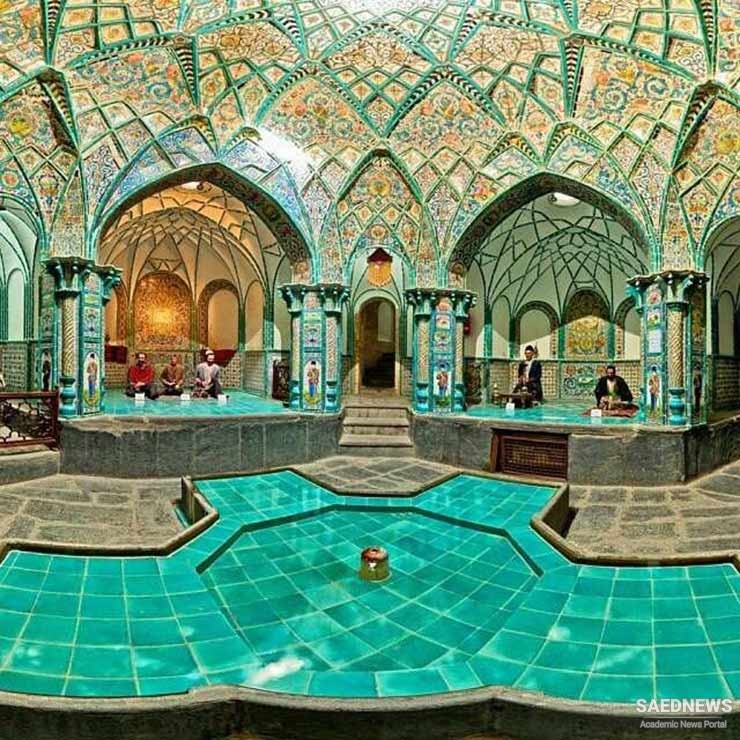Markazi province is located between the Alborz and Zagros Mountains on the edge of the central desert of Iran. The weather conditions differ a lot according to the height of the land. The pomegranate and the cantaloupe of this province are exported to many countries of the world. Among the natives of this province are some famous scientists and politicians. Imam Khomeini, the founder of the Islamic Republic of Iran, Amīr Kabīr, the Iranian chancellor of the Qajar Dynasty (1789-1925) and Professor Mahmud Hesabi, the father of modern science in Iran, are from this province.
Dr. Hesabi's Memorial
Dr. Mahmūd Hesabi is the father of physics in Iran. He was one of the students of Albert Einstein. For many years, he lectured at famous European universities. His tomb is now located near the University of Tafresh.
Mahallat Hot Spring
This hot spring is located in the northeast of the city of Mahallat. The spring’s water is stated effective for treatment of various diseases such as gout, liver, bile, kidney and digestive conditions. It is mainly used during spring and summer seasons.
Chal Nakhjir Cave
This cave is located at 8 km distance to the north of the town of Delījān. It has been formed due to corrosion and tectonic factors of geology and is mainly crystallized. This cave contains a large amount of decorative stones. The height of this cave is almost 20 meters. At the end of this cave there is a pool of water which makes it one of the most beautiful caves of the world.
Narāgh Bazaar
The bazaar was created in the Qajar era (1789-1925). The building is mostly made of brick. The architecture of the bazaar, commercial offices, covered parts and domes are very fine and exquisite.
Sepahsālār School
This Qajar structure looks like the buildings of the Safavid era (1501-1736). It consists of a mosque, classrooms, water reservoir and other necessary facilities. It is the first theology school of Arāk City with beautiful tile- work.
Congregational Mosque of Saveh (Jama Masjid)
This mosque which is one of the Seljuk era (1037-1194) structures dates back to 6th century CE. The altar of this mosque contains scripts in the Kufic and Thulth writing system. The decorations of this mosque are mainly paintings, plaster work and tile work.
Teymareh Carved Rocks
In the Teymareh region, there are between 2500 and 3000 carvings on the rocks which bear the carvings of hunters and hunting tools of the prehistoric of Iran.
Khorheh Soluki Temple
The Khorheh temple is located in the west of one of the villages of Mahallat town. The columns of this temple are 6 meters high and their architecture is similar to the Greek architecture. It seems that this temple was built during the Greeks' domination in Iran.


 Hormozgan the Paradise of Heavenly Islands of Iran
Hormozgan the Paradise of Heavenly Islands of Iran














































